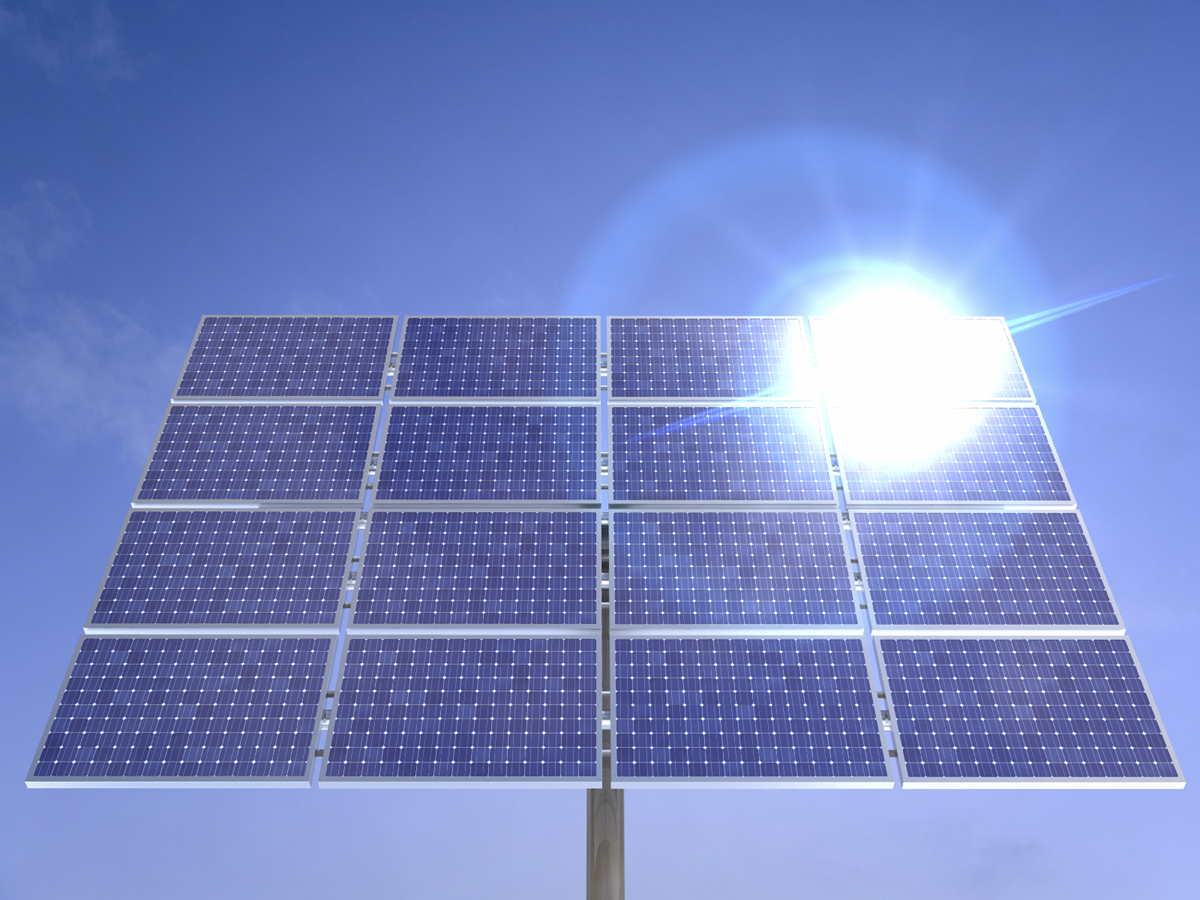Researchers from Saudi Arabia’s King Abdullah University of Science and Technology (KAUST) have developed a temperature-dependent levelized cost of energy (LCOE) model for PV technologies that is claimed to be able to quantitatively translate the LCOE gain obtained by reducing solar module temperature. “Our model can be applied to all kinds of module and cell technologies,” the research's corresponding author, Lujia Xu, told pv magazine.
The model considers both the temperature-dependent power yield and the solar module time to failure (TTF), which calculates the time from when the panel is put into service until it fails. These two values were then unified in an equivalent ratio, designated with the Greek letter γ, which evaluates the influence of temperature on the performance of a PV system.
“This ratio expresses which absolute percentage in power conversion efficiency increase would be needed for achieving the same reduction in LCOE,” the scientists explained, noting that the model allows the prediction of a module's temperature from the basic solar cell and module materials and device architecture properties. ” Whereas the temperature-dependent LCOE speaks to those working at system level, γ provides technologists working at the module and cell level with a more tangible metric.”
The model is said to enable the calculation of the total cell heating power by either adding the components contributing to the cell heating or by subtracting the electrical power output of the cell/module and the reflected/escaped power from the incident power. “We find that more than 60% of the incident solar power leads to cell heating,” the Saudi Group stated. “In addition, the encapsulation of the cells into modules further increases the heating power to over 65% of the incident power.”
Popular content
In order to create a quantitative link between the module heating-power density and the module temperature, the scientists also developed an opto-electronically coupled thermal model to compare the thermal behavior of different cell technologies and investigate possible strategies for mitigating potential heating issues. “We found that the most effective and simple way to reduce the module temperature is to place the module in a windy environment with a proper mounting arrangement to enable effective heat transfer via convection,” the researchers concluded.
The proposed model was described in the paper Heat generation and mitigation in silicon solar cells and modules, which was recently published in Joule.
This content is protected by copyright and may not be reused. If you want to cooperate with us and would like to reuse some of our content, please contact: editors@pv-magazine.com.



2 comments
By submitting this form you agree to pv magazine using your data for the purposes of publishing your comment.
Your personal data will only be disclosed or otherwise transmitted to third parties for the purposes of spam filtering or if this is necessary for technical maintenance of the website. Any other transfer to third parties will not take place unless this is justified on the basis of applicable data protection regulations or if pv magazine is legally obliged to do so.
You may revoke this consent at any time with effect for the future, in which case your personal data will be deleted immediately. Otherwise, your data will be deleted if pv magazine has processed your request or the purpose of data storage is fulfilled.
Further information on data privacy can be found in our Data Protection Policy.